by Melissa Abramovitz
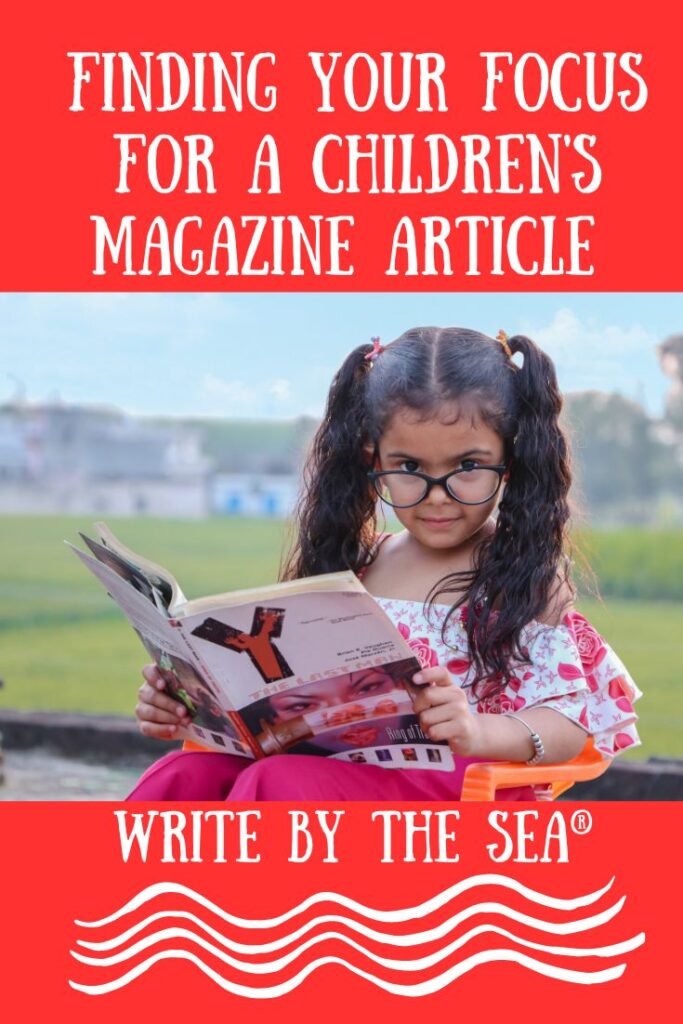
Writing nonfiction articles is one of the fastest ways to get published in children’s magazines.
But although many of these magazines are hungry for well-written nonfiction, editors still reject a good portion of the submissions they receive.
One reason for these rejections is that many articles lack a narrow focus.
In other words, the author tries to cover too broad a topic, such as “All About Birds.”
But just as an unfocused photograph turns out blurry and lacks clear boundaries, an unfocused article tends to ramble and/or skim over whatever information it conveys.
Thus, finding a tight focus is critical, especially when writing for children.
Short, Yet Substantive
Most children’s magazine articles are fairly short, and straying from a clearly-defined subtopic usually leads to a boring (and unsalable) list of facts.
A book may contain chapters about several subtopics, but a magazine article must center on and provide details about a unique or little-known subtopic slice that appeals to children of a particular age.
Indeed, in my book for writers, A Treasure Trove of Opportunity: How to Write and Sell Articles for Children’s Magazines, I explain that “A tight focus or fresh angle is the critical element that constitutes the bridge between idea and manuscript.”
This applies to self-generated ideas as well as to those sparked by the theme lists some magazines provide.
When editors choose a theme, they expect to publish several articles that each focus on one narrow aspect of the main topic.
Some article ideas may come to you already focused.
For example, I read a local media account about a dog that helps kids learn to read, and decided to write a children’s article on these so-called library dogs.
In this case it wasn’t necessary to tighten the already-narrow focus.
But if my initial idea had been to write about dogs in general or even about specially-trained therapy dogs, I would have definitely needed to develop a narrower focus before submitting a query or writing the manuscript.
Idea-Focusing Tips
So how do you go about focusing an unfocused idea?
I find that reading news stories, magazine articles, and books is a great source of possible new, tightly-focused angles.
For instance, several years ago a children’s magazine editor with whom I frequently worked mentioned that he wanted articles about unique aspects of the history of various sports.
I put up my “manuscript alert” antennae and sure enough, a couple of weeks later came across an article in U.S. News and World Report about some archaeological excavations of ancient sports arenas that had been used to play a basketball-like game in Central America.
Bingo!
I did an article about how the ancient game differed from the modern one, and the editor loved it.
Did I “steal” this idea?
No.
Copying an article or portions thereof would be plagiarism, but ideas themselves cannot be copyrighted, and most ideas are covered umpteen times in various ways.
I often use ideas as jumping-off points; then I do my own research and give my work a unique focus with details that are right for my intended audience.
Another way of narrowing ideas is to imagine using a zoom lens that focuses tighter and tighter on one small topic slice.
Let’s say the general topic is computers – obviously a huge, multi-faceted subject.
So zoom in a little tighter on one subtopic such as internet safety.
That’s still pretty broad – it covers protection from viruses, internet predators, and more.
So zoom in yet again and look at the much-narrowed topic of internet safety for children.
Then, your final focusing zoom depends on your intended audience.
An article for 6-10-year-olds could feature something like “Five Ways to Stay Safe Online” with tips on never sharing one’s personal information, never agreeing to meet someone in person, and so on.
For teenagers, the focus might be telling true stories of teens who have been burned by internet predators.
Remember – magazine editors look for a clear, well-defined focus, so find that focus before outlining, writing, or submitting your manuscript!
About Melissa Abramovitz
 Melissa Abramovitz published hundreds of nonfiction magazine articles and more than 45 educational books for children and teens, along with short stories, poems, picture books, and a book for writers.
Melissa Abramovitz published hundreds of nonfiction magazine articles and more than 45 educational books for children and teens, along with short stories, poems, picture books, and a book for writers.
Melissa graduated from the University of California, San Diego with a degree in psychology and was also a graduate of The Institute of Children’s Literature.
You can find many of Melissa’s books at amazon.com.


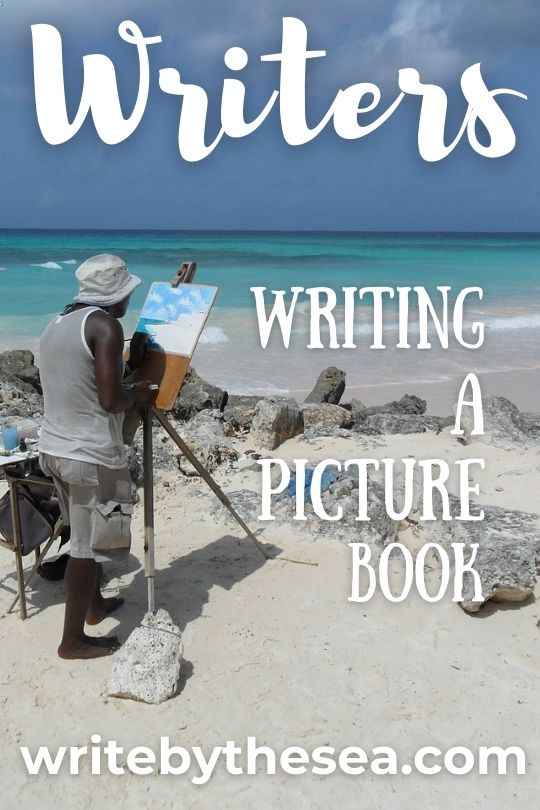

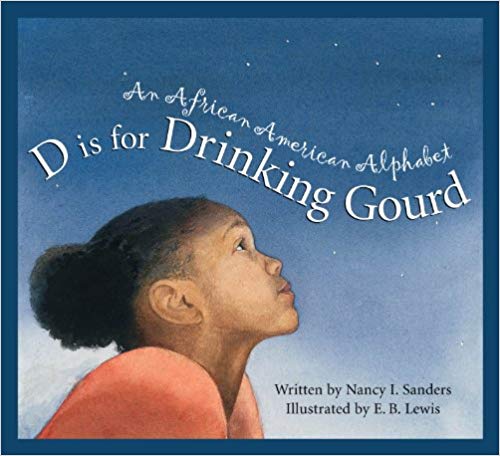
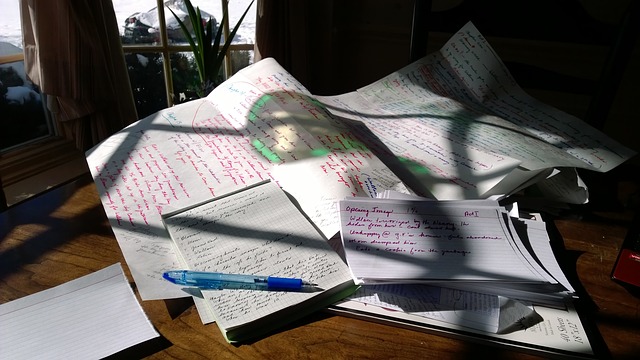
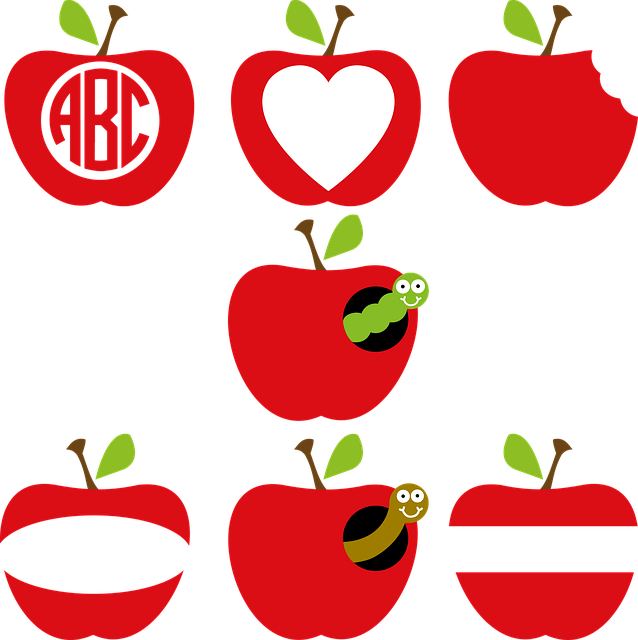
Thank you for your comments about my article, Marge. I hope the workshop helps you achieve your goal of publishing magazine articles! If you have any questions after listening to the audio, feel free to ask.
Melissa
http://www.melissaabramovitz.com
Melissa,
Good article. I have signed up for several workshops. I will be adding yours to my list. Your workshop should prove to be a very enlightening subject. I would like to submit magazine articles again this year and I’m sure your workshop will help in getting me closer to being published this year, if not published. Looking forward to listening.